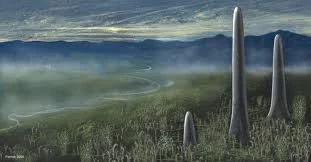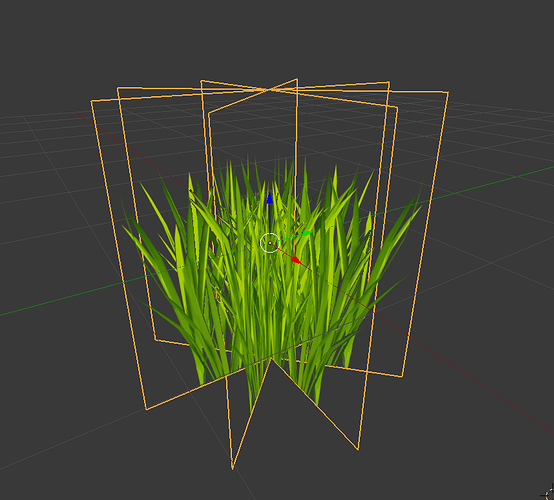SESSILE GAMEPLAY
I’ve had some time to kill. Let’s get this party started so that we atleast have something about this long-neglected tenant of Thrive.
Note that this concept will apply more for the late-multicellular stage rather than the microbial/early multicellular stage. I’m not sure how to involve time-skips and a more strategy-based view of a 2D stage with what we have established currently that wouldn’t be intrusive or “not fun” in return for the work needed to set up that system.
Also note that this concept is largely a compilation/elaboration of previously discussed ideas. I don’t think the ideas here will be a transformation from what we have all generally understood about sessile gameplay, it will just be a detailed way of achieving that rough idea.
Gameplay
So, the fundamental idea regarding sessile gameplay is competition for hotspots of resources in a sped-up simulation of whatever patch you are inhabiting, with a more strategic view rather than a perspective tied to an individual organism.
In the 3D world, some spots will have more resources than others. There are various types of resource “hot-spots” the player must compete for…
-
Phosphate/Nitrogen - Certain areas will have more nitrogen and phosphate depending on either the frequency of bacteria, the amount of geological activity, etc. If not enough nitrogen or phosphate is gathered by the player’s species, growth rates will suffer, increasing the risk of extinction.
-
Food Source - There are numerous ways a sessile organism can supply its metabolism, but the two prominent strategies employed by sessile organisms is either photoautotrophy, such as in plants, or some sort of filter-feeding, such as in sponges and coral. Different food sources will behave in different ways. For example, photosynthesis limits habitable ranges in the ocean but provides a steady and consistent source of energy.
-
Water (Terrestrial) - This will be more applicable to terrestrial gameplay, but competition for water will be an important determining factor of evolutionary success.
Of course, one strategy in regard to competition for hotspots can also include reducing the need for that resource. For example, moss and lichen are noted “pioneer species” for requiring relatively little nitrogen and phosphate to survive, allowing them to settle relatively uninhabitable areas and paving the way for a more complex ecosystem. Of course, these organisms will have to give up adaptations which make them less capable in a more competitive environment and less complex.
Players will be focused on altering their organism’s structure in order to better take advantage of resources. Surface area will be an essential characteristic. On the one hand, greater surface area rapidly boosts resource absorption and productivity - on the other hand, greater surface area makes you more sensitive to predation and environmental conditions.
There are various other adaptations which can be simulated in sessile gameplay as well. Height, rooting strategy, and reproductive strategy are all examples of features which I think can be pretty easily represented in a fun and engaging way. Though we should probably cement our overarching macroscopic editor designs before specifically thinking out progression. Once we have those ideas established, implementing various sessile adaptations would basically go the same way implementing “motile” adaptations go - looking at phylogeny trees and seeing the various traits unique to certain clades of organisms and representing them in a capacity within the simulation.
For predation, there are various ecological concepts which roughly characterize the different types of “grazers” and “herbivores”. Involving a simplified representation of these organisms and making it so that auto-evo spits out at least some of these types of grazers would represent the arms race sufficiently.
Larger Questions
So there we have it - sessile gameplay can be a time-accelerated alternative to the more in-depth and involved simulation of motile gameplay. Hot spots of important resources would be the focus of a sessile player, and adaptations and strategies would center around these hot spots. It’s a simple enough idea. And though progression would be limited, I do think it would be a pretty fun minigame for the player to engage with. Though there are larger more existential questions that come to my mind when considering sessile gameplay.
I had prior questions in this thread related to procedurally simulating the evolution of sessile life which I felt were answered pretty convincingly. Now I ask another question: how much priority should we place on sessile gameplay? Developing macroscopic gameplay related to motile gameplay - which is where the majority of players will want to be - is Herculean enough of a task already. How realistic is it that we can devote resources to both the “main” path of Thrive’s macroscopic stages and the sessile minigame, which will only go so far?
It is important to consider that sessile gameplay won’t be as difficult as motile gameplay, however. For example, motile gameplay will require procedural animation and AI to be considered continuously, while, besides animation related to wind and currents, sessile organisms will have much less complexity behind them.
What do we think?


